A team of researchers at the University of Ottawa are testing the use of artificial reflectors to boost solar production. The study was published in Progress in Photovoltaics.
In Canada and other northern climates, it is common to use bifacial solar panels, which can collect light and convert it to electricity on both sides of the panel. These cold climates often have snow on the ground, creating a highly reflective surface that boosts bifacial production.
University of Ottawa’s Sunlab, along with the U.S. National Renewable Energy Laboratory (NREL), collaborated on a project that tested the efficacy of creating artificial surfaces that can mimic the benefits of the high reflectivity of snow.
“High-albedo locations demonstrate a boost in performance, with bifacial gains reported of over 19% in snowy months,” said the report. “The bifacial PV industry has demonstrated an interest in extending this energy gain to non-snowy locations year-round using artificial reflectors.”
The team found that placing white reflective surfaces directly under solar panels can increase total energy output by up to 4.5%.
The study calculated a maximum viable cost for these improvements of up to $2.50 to $4.60 per squared meter, including both material and installation, at the Golden, Colorado test site.
“Higher breakeven material costs are possible in systems with higher initial levelized cost of electricity (LCOE). For example, we found breakeven installed costs of $3.40–$6.00 squared meter for Seattle, Washington, with 60% reflective material.”
The impact of artificial reflectors depended strongly on location, with locations with higher LCOE and lower energy yield benefiting more from the addition of reflectors than locations with low LCOE and high energy yield.
“We found that highly reflective white surfaces can boost solar power output,” said Mandy Lewis, the study’s lead author. “Critically, these reflectors should be placed directly under the solar panels, not between rows, to maximize this benefit.”
Lewis said the research will be helpful in boosting solar production in geographically diverse regions. Generating more power per unit of land area makes reflectors a potential match for densely populated areas, where space limitations exist for solar installations, said Lewis.
The report found that 70% reflective material can increase total incident irradiance by 1.9% to 8.6% and total energy yield by 0.9% to 4.5% annually after clipping is considered with a DC–AC ratio of 1.2.
“Clipping has a significant effect on reflector impact and must be included when assessing reflector viability because it reduces reflector energy gain,” said the report.
This content is protected by copyright and may not be reused. If you want to cooperate with us and would like to reuse some of our content, please contact: editors@pv-magazine.com.

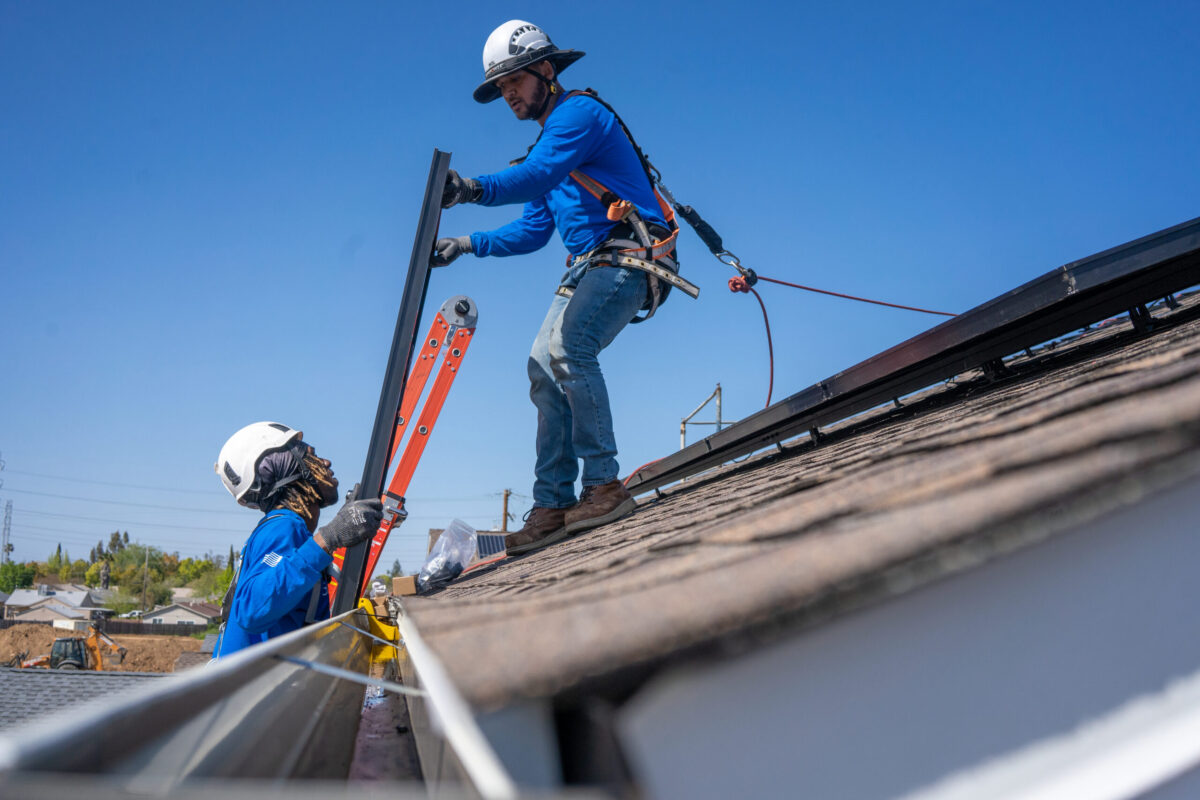


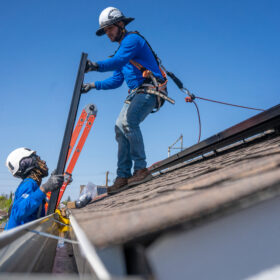
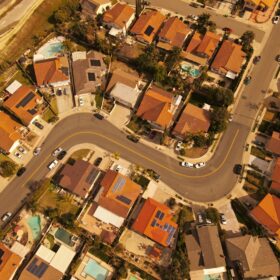
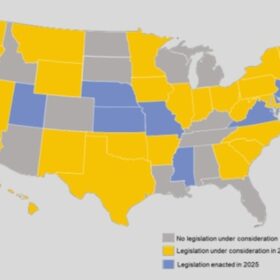
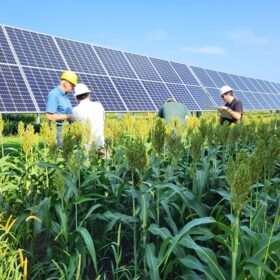
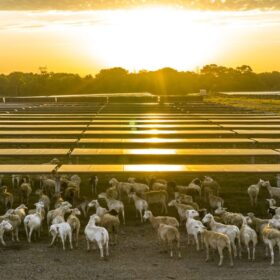
By submitting this form you agree to pv magazine using your data for the purposes of publishing your comment.
Your personal data will only be disclosed or otherwise transmitted to third parties for the purposes of spam filtering or if this is necessary for technical maintenance of the website. Any other transfer to third parties will not take place unless this is justified on the basis of applicable data protection regulations or if pv magazine is legally obliged to do so.
You may revoke this consent at any time with effect for the future, in which case your personal data will be deleted immediately. Otherwise, your data will be deleted if pv magazine has processed your request or the purpose of data storage is fulfilled.
Further information on data privacy can be found in our Data Protection Policy.